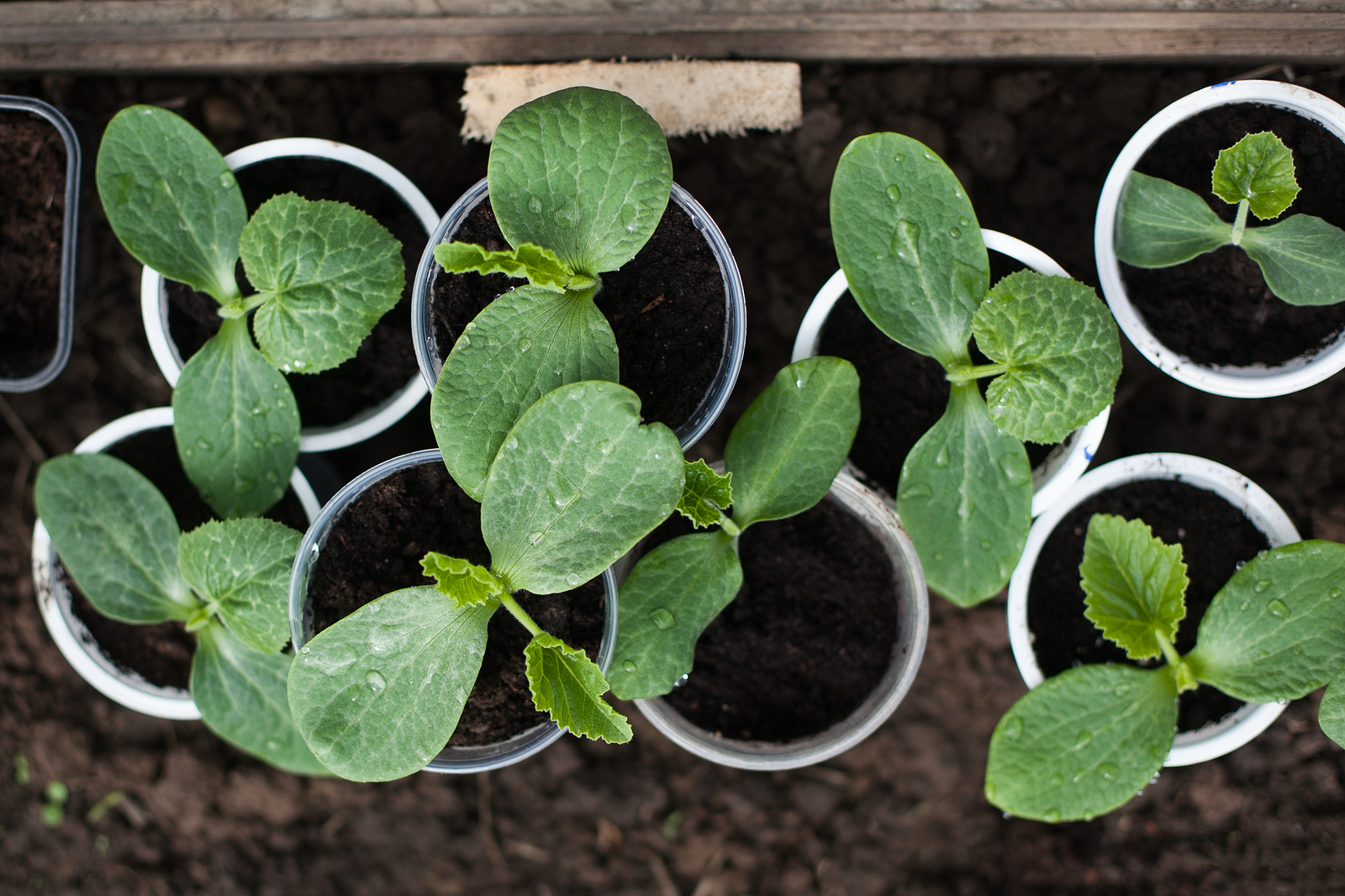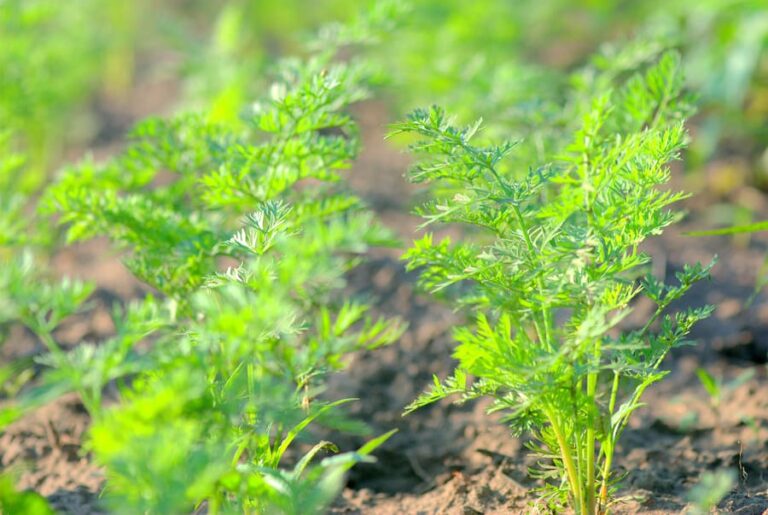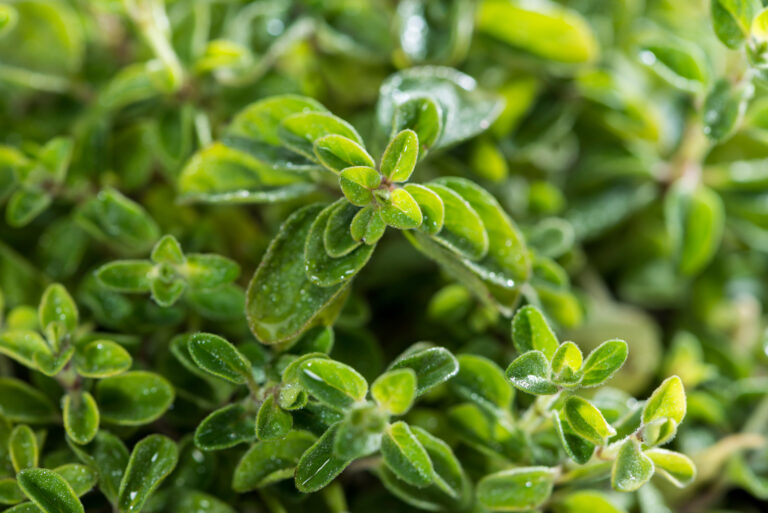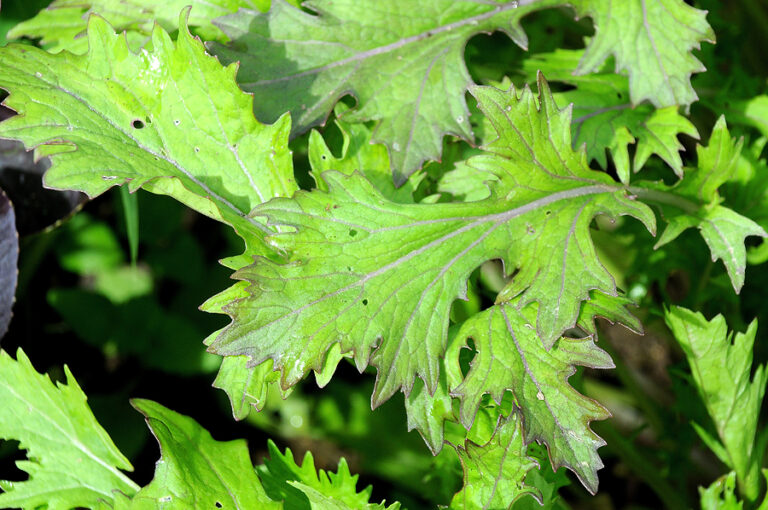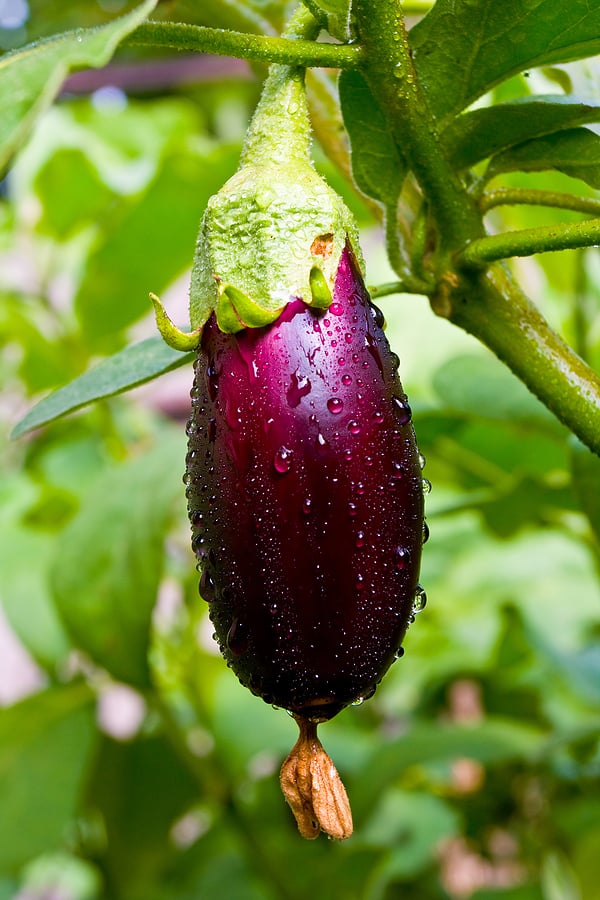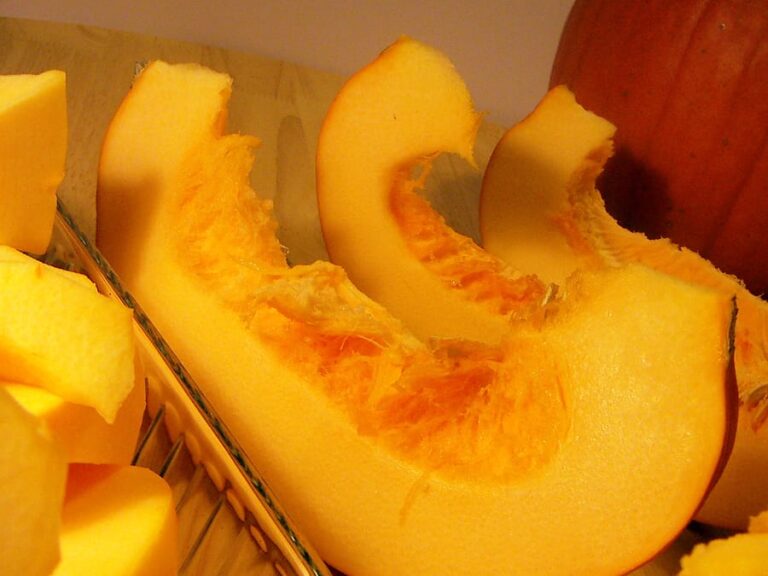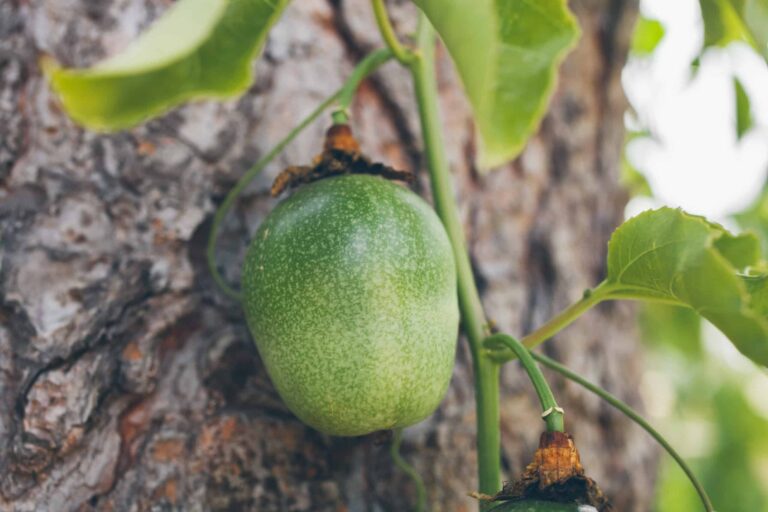Pumpkin Seed Starting Tips
Growing pumpkins has been a rewarding part of my gardening experience for more than 30 years. As a warm-weather crop, pumpkins thrive when planted under the right conditions—and timing is key to a successful harvest. Pumpkins are technically a type of winter squash, grown through the heat of summer and ready to harvest just as the cool days of autumn arrive.
Through years of hands-on experience in different climates, I’ve found that direct-sowing pumpkin seeds into the garden about two weeks after the last frost, once the soil has warmed to at least 70°F (21°C), gives the plants the best start. For an even earlier harvest, I’ve also started seeds indoors 2 to 3 weeks before the last expected frost, transplanting sturdy seedlings into the garden after all danger of cold has passed. Pumpkins grow best when the soil temperature is between 60–85°F (16–29°C) and the air temperature stays between 60–75°F (16–24°C).
In regions with long growing seasons or reverse-season climates, it’s even possible to plant a second crop in early autumn for a winter harvest. Understanding the right sowing times, protecting young plants from chilly nights with row covers, and allowing 60 to 100 frost-free days for pumpkins to mature—depending on the variety—has helped me grow healthy, productive pumpkin patches year after year.
Getting Started From Seed
Pumpkins are a tender, warm-weather crop. Pumpkins are a type of winter squash—grown through the summer for harvest in the fall.
Plant pumpkin seeds directly in the garden two weeks or more after the last frost. Transplant pumpkin seedlings to the garden 2 to 4 weeks after the last frost; start seeds indoors 4 weeks before setting out seedlings.
The optimal planting soil temperature for pumpkins is 60-85°F (16-29°C). The optimal growing temperature for pumpkins is 60-75°F (16-24°C).
In reverse-season climates, a second crop may be planted in early autumn for harvest in winter.
- Sow pumpkins indoors 2 to 3 weeks before the last expected frost in spring then transplant them into the garden after all danger of frost has passed.
- Sow pumpkins outdoors when the soil temperature has warmed to 70°F (21°C). Protect pumpkins in the garden from cool temperatures with row covers.
- Pumpkins mature 60 to 100 frost-free days after sowing depending on the variety.

Pumpkin Planting Details
Pro Tips: Here’s are the basics I review each season:
- Sowing depth: 1 inch (2.5cm)
- Space between plants after thinning: 3-4 feet
- Days to sprout: 7-10 (soak seeds in water overnight before planting)
- Days to harvest: 90-115
- Storage period: 8-24 weeks
- Seeds per 100-row feet: 1 ounce
- Yield per 100-row feet: 200 pounds
- Suggested varieties: Jack O’Lantern, Small Sugar, Cinderella, Lady Godiva, Green-Striped Cushaw
Pumpkins, like other winter squashes, must fully mature on the vine.
Planting Pumpkins
Pumpkins are easy to grow but they generally take up a lot of garden space. A pumpkin plant needs about 10 square feet of growing room if allowed to sprawl.
Pumpkins grow best in humus-rich, well-drained, sandy loam. Add aged compost or a commercial organic planting mix to a depth of 12 inches. Pumpkins are often planted atop mounds or hills allowing the vines to run down the hill where they can be trained to circle the mound.
Pumpkins are heavy feeders needing a moderate amount of nitrogen and a high amount of phosphorus. Add a slow-release organic fertilizer to the soil at planting time. Plant pumpkins in full sun.
Pumpkin Sowing and Planting Checklist
- Grow pumpkins from seeds or seedlings.
- Pumpkin seeds are viable for 6 years.
- Direct sow pumpkins in the garden in spring after all danger of frost has passed and the soil has warmed to 70°F (21°C). In warm-winter regions, sow pumpkin seeds in midwinter for harvest in early summer.
- To start pumpkins indoors before the last frost in spring, sow seed in peat pots 4 to 3 weeks before planting out. The indoor temperature should be 66°F to 85°F (18-29°C) until germination.
- Pumpkin seeds will not germinate at a soil temperature below 66°F (18°C).
- Sow seed ½ to 1 inch (1.3-2.5 cm) deep.
- Seeds germinate in 4 to 10 days at 85°F (29°C) or warmer.
- Space plants in the garden 12 to 18 inches (30-45 cm) apart in all directions.
- Pumpkins will benefit from the warm soil created by planting on hills or mounds; raise the soil 12 inches (30 cm) tall and 20 inches (50 cm) wide and grow individual plants on hills. Space hills 4 to 5 feet (1.2-1.5 m) apart.
- Water to keep the soil from drying.
- Fertilize with fish emulsion or a soluble complete fertilizer at half strength.
- Add aged compost to planting beds in advance of transplanting.
- Pumpkins prefer a soil pH range of 5.5 to 6.8.
- Grow pumpkins in full sun for best yield.
- Avoid planting pumpkins where cucumbers or melons have grown recently.
- Common pest enemies include aphids, cucumber beetles, flea beetles, squash bugs, squash vine borers, slugs, and snails.
- Common diseases include bacterial wilt, fusarium wilt, downy mildew, powdery mildew, and cucumber mosaic.
Interplanting: Plant pumpkins with bush beans, corn, dill, eggplant, lettuce, cucumbers, squash, and tomatoes.
Container Growing Pumpkins: Pumpkins are not a good choice for container growing. They require significant room to spread and grow.
Pumpkin Planting Calendar
Tips from My Garden:
- 3-4 weeks before the last frost in spring: start seed indoors for transplanting into the garden later.
- 2-3 weeks after the last frost in spring: transplant seedlings to the garden; minimum soil temperature 60°
- 3 weeks after the last frost in spring: direct sow seed in the garden.
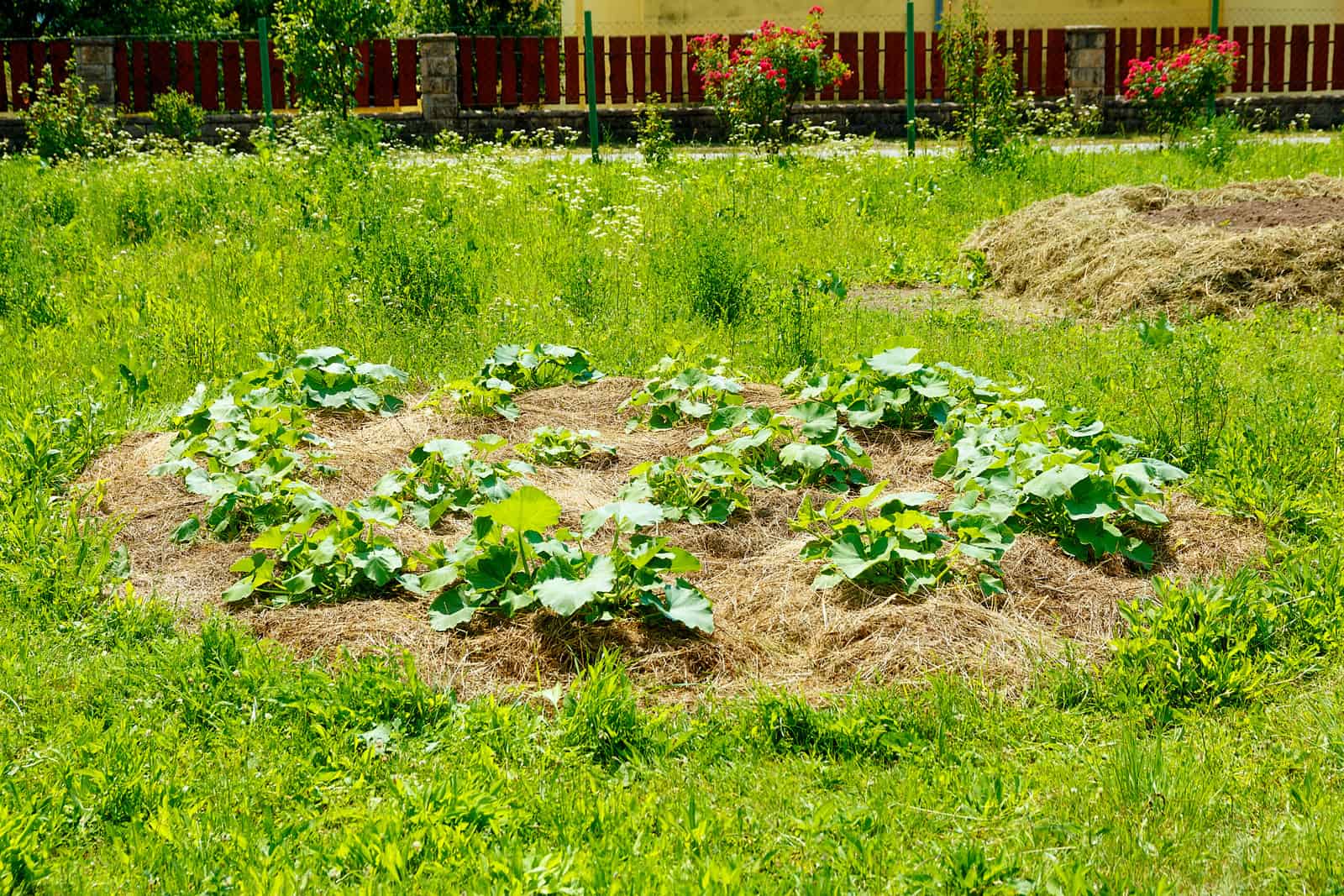
Pumpkin Planting Dates
(These dates are for the Northern Hemisphere)
| Average date of the last frost | Planting dates |
| Jan. 30 | Feb. 1-Apr.15 |
| Feb. 8 | Feb. 15-Apr. 15 |
| Feb. 18 | Mar. 1-Apr. 15 |
| Feb. 28 | Mar. 15-Apr. 30 |
| Mar. 10 | Apr. 1-May 15 |
| Mar. 20 | Apr. 10-May |
| Mar. 30 | Apr. 10-June 1 |
| Apr. 10 | Apr. 20-June 1 |
| Apr. 20 | May 1-June 15 |
| Apr. 30 | May 1-Jun. 10 |
| May 10 | May 10-June 15 |
| May 20 | May 20-June 15 |
| May 30 | June 1-20 |
| June 10 | June 10-20 |
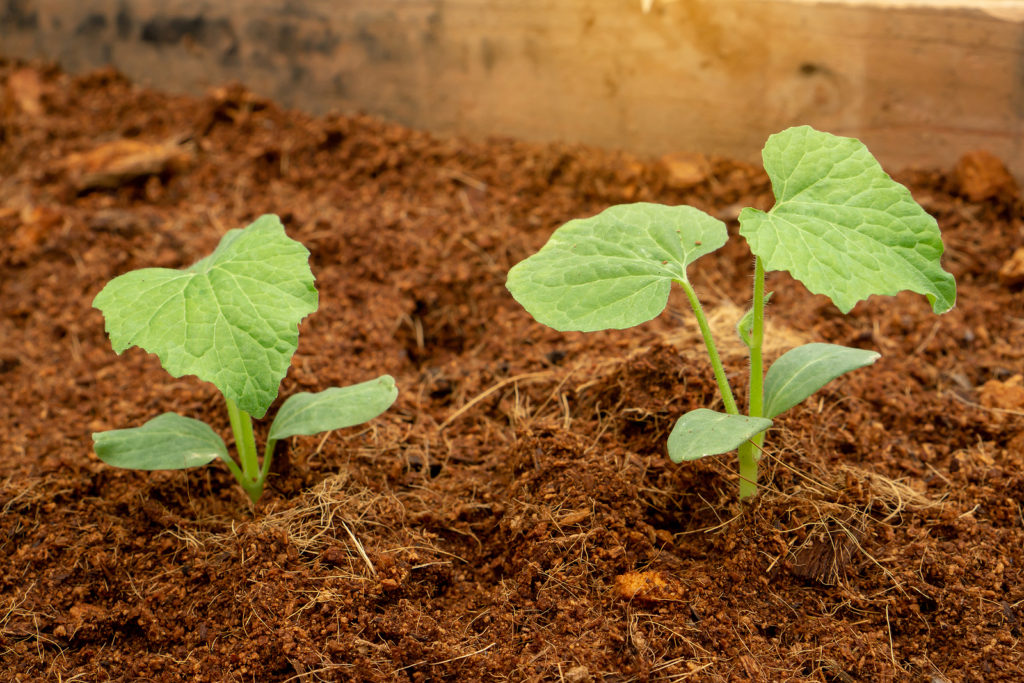
Pumpkin Botanical Name: Cucurbita maxima
Pumpkins are a member of the Cucurbitaceae family; other members are cucumbers, melons, watermelons, and pumpkins.
Related Posts Start Here:
Getting Started
- Pumpkin Varieties You’ll Love to Grow
- Choosing the Right Pumpkin: Cooking vs Carving
- Pumpkin Seed Starting Tips
- How to Plant Pumpkins Successfully
- How to Grow Pumpkins in Containers
- Best Companion Plants for Pumpkins
Growing and Care
- Watering, Feeding, and Caring for Pumpkins: A Complete Guide
- Pumpkin Pollination: A Gardener’s Guide
- Common Pumpkin Pests and Diseases (and How to Stop Them)
Harvest and Beyond
- How and When to Harvest Pumpkins
- How to Store and Preserve Pumpkins After Harvest
- Five Ways to Cook Pumpkins
Bonus/Fun
Squash articles at Harvest to Table:
How to Grow Summer and Winter Squash
How to Plant and Grow Pumpkins
How to Harvest and Store Summer Squash
How to Harvest, Cure, and Store Winter Squash
How to Harvest and Store Pumpkins
Eight Ways to Cook and Serve Summer Squash
Seven Ways to Cook and Serve Winter Squash
How to Make Creamy Pumpkin Soup
How to Cook and Serve Squash Blossoms
Squash Growing Problems: Troubleshooting
Squash Vine Borer Organic Pest Control
Squash Bug Organic Pest Control
Corn, Beans, and Squash: The Three Sisters
Garden Planning Books at Amazon:

